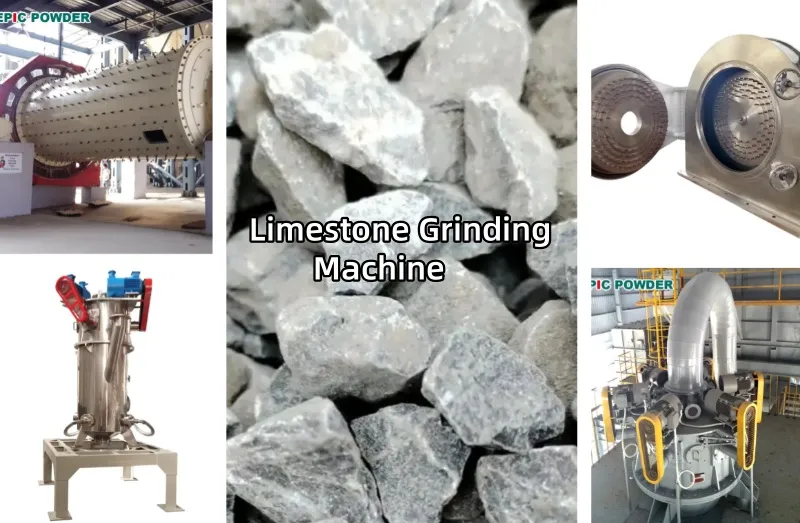In the limestone processing industry, grinding equipment plays a crucial role in determining product quality, production efficiency, and overall costs. As a widely used non-metallic mineral, limestone is processed into products used in various industries such as construction materials, chemicals, environmental protection, and metallurgy. Different applications have specific requirements for the fineness, purity, and output of limestone powder. Therefore, selecting the right grinding equipment requires considering material characteristics, production needs, equipment performance, and long-term operational costs.
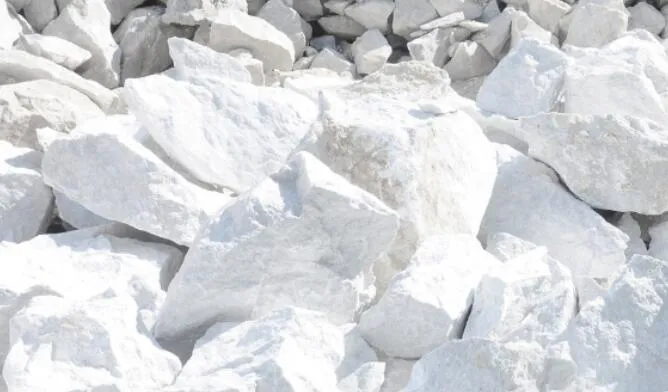
Understanding Limestone Properties
The inherent properties of limestone directly impact the suitability of the grinding equipment. Before selection, it is essential to understand the following key parameters:
- Hardness and Abrasiveness: Limestone typically has a Mohs hardness of 3-4, making it a medium-low hardness material. This results in relatively low wear on equipment parts during grinding. However, if the limestone contains harder impurities like quartz or feldspar (with hardness of 6-7), it will accelerate wear on parts such as rollers and grinding rings. In such cases, selecting equipment with stronger abrasion-resistant materials is crucial.
- Moisture and Stickiness: Natural limestone generally has low moisture content (typically <5%). However, limestone exposed to the elements or mined during rainy seasons may absorb moisture. When moisture content exceeds 8%, issues like clogging and decreased yield may arise. For such cases, selecting equipment with built-in hot air drying functions is recommended.
- Particle Size and Impurity Content: The particle size of the incoming material should match the equipment’s feeding requirements. Oversized particles will increase the burden on crushing equipment. If the limestone contains high levels of mud or fibrous impurities, pre-treatment screening equipment should be used to ensure efficient grinding.
Equipment Type Selection
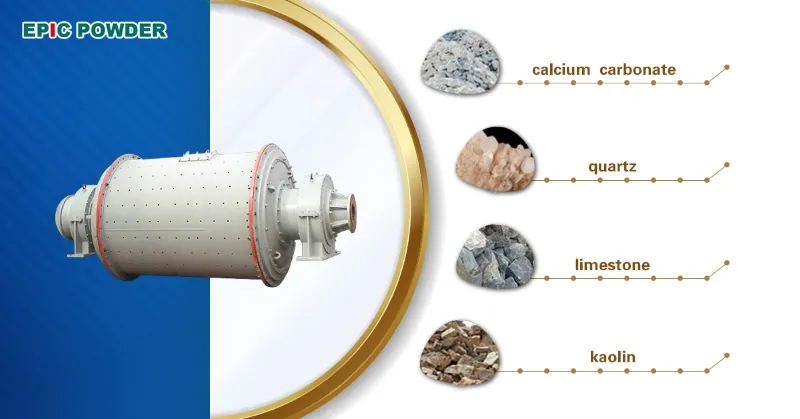
Ball Mill
A ball mill uses steel balls to impact and grind the material. It has a wide range of applications and can process materials of various hardness levels, with a product fineness range of 80-2000 mesh. However, it consumes more energy and occupies a larger space. It is suitable for applications with high material adaptability but where energy consumption is less of a concern, such as small to medium-sized mining recovery lines.
Raymond Mill
Raymond mills are suitable for producing medium-fineness limestone powders. They are ideal for large-scale grinding operations due to their simple structure and easy operation. However, their fineness control is somewhat limited.
Vertical Mill (or High-Efficiency Vertical Mill)
Vertical mills are well-suited for processing materials with fine fineness requirements. They are highly efficient, reducing energy consumption and equipment wear. These mills are capable of producing high yields and are suitable for fine grinding applications.
Ultra-Fine Grinding Mill
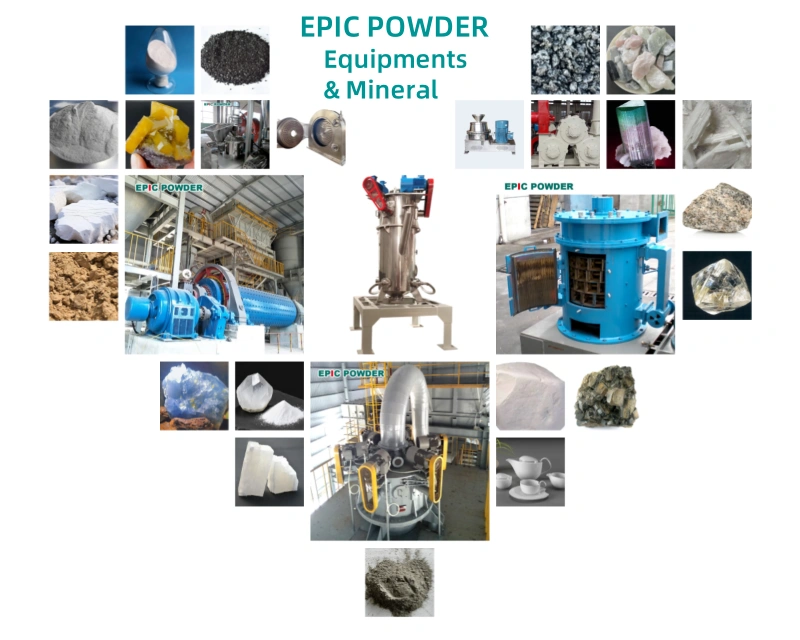
This mill is designed for high-end applications that require ultra-fine limestone powder (800-3000 mesh, 15-5 microns), such as in coatings and plastic modification. Ultra-fine mills use multiple grinding chambers and high-precision classification systems to achieve ultra-fine grinding. Common types include air jet mills, stirred mills, and ring-roller mills. The ring-roll ultra-fine mill offers both efficiency and cost advantages, with a production capacity of 0.5-5 tons per hour, making it ideal for small to medium-sized fine processing enterprises. However, ultra-fine grinding consumes significant energy and requires precise classification and impurity removal systems.
Surface Modification Equipment
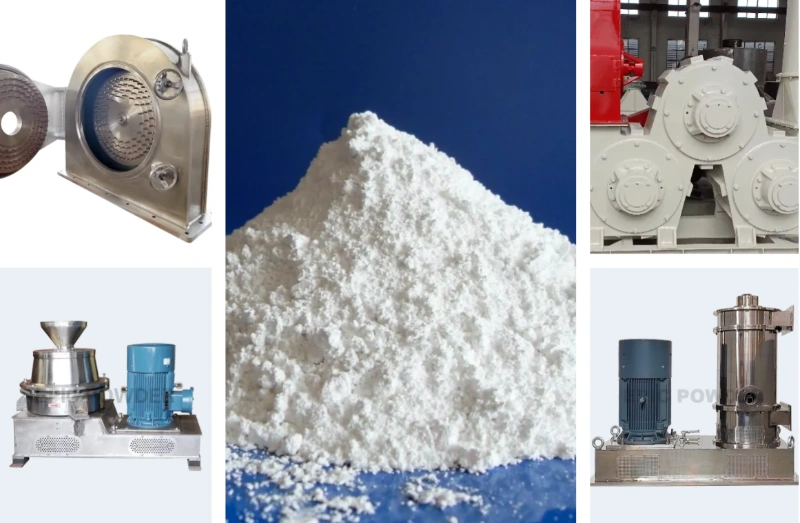
Sometimes, limestone requires surface modification to enhance its performance in specific applications. In such cases, it is essential to consider surface modification equipment, such as coating or activation systems, to ensure the product meets the required standards.
Conclusion
In limestone processing, selecting the right grinding equipment is critical. It directly affects production efficiency, product quality, and cost. Epic Powder, with years of experience in powder equipment research and development, offers a range of high-efficiency, energy-saving grinding solutions, including ball mills, Raymond mills, vertical mills, and air jet mills. These solutions cater to different particle size and output requirements. Coupled with advanced surface modification technology, our equipment ensures efficient limestone powder processing while enhancing product performance. With Epic Powder’s equipment, you can significantly improve production efficiency, reduce energy consumption, and lower operational costs while maintaining product quality.
